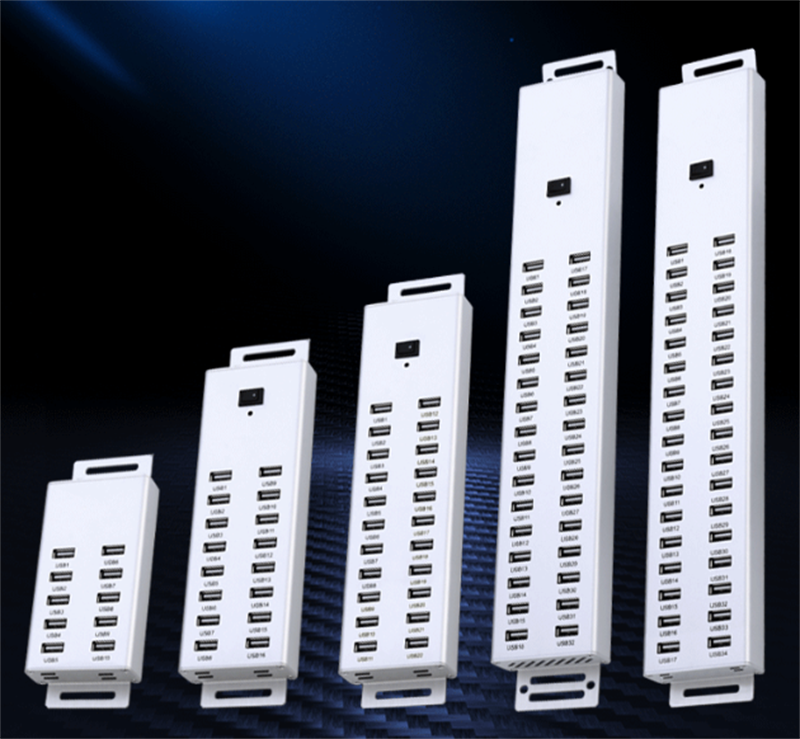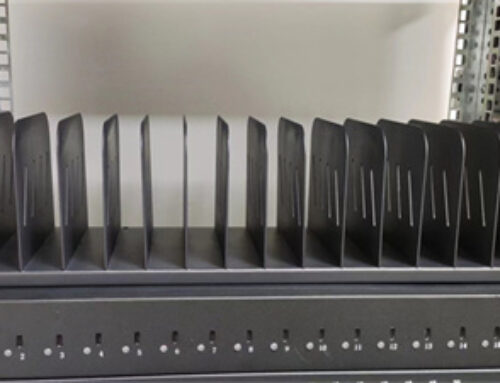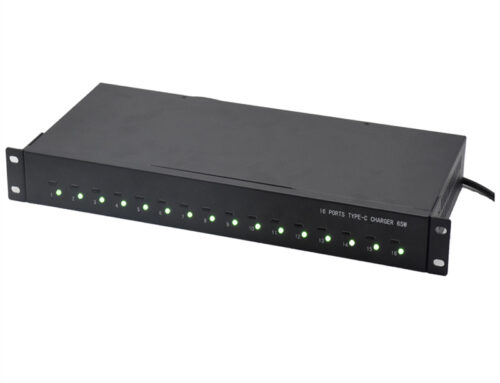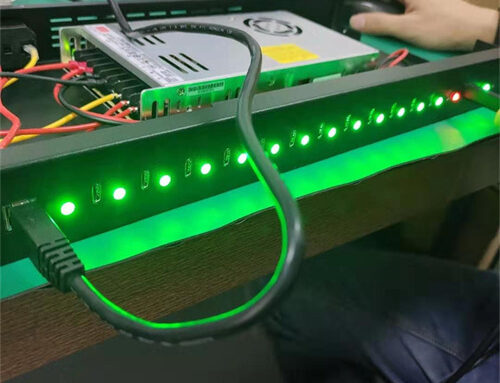Industrial USB hubs are designed to meet the specific requirements of industrial environments, where durability, reliability, and performance are crucial. They are built to withstand harsh conditions such as temperature fluctuations, vibrations, and electrical noise. These hubs typically have ruggedized casings and enhanced features compared to regular consumer-grade USB hubs.
Some common features you may find in industrial USB hubs include:
- Multiple USB ports: Industrial USB hubs often come with multiple ports to accommodate various devices simultaneously. The number of ports can range from 4 to 16 or more, depending on the specific model.
- USB standards: Industrial hubs support different USB standards such as USB 2.0, USB 3.0, or USB 3.1. The USB 3.0 and 3.1 standards offer higher data transfer rates compared to USB 2.0.
- Power capabilities: Industrial hubs may provide enhanced power capabilities to support power-hungry devices. Some hubs offer higher power output per port, enabling the charging and operation of devices that require more power.
- Mounting options: Industrial USB hubs often have mounting options such as DIN rail mounting or wall mounting, allowing easy installation in industrial settings.
- Surge and ESD protection: Industrial hubs are designed to handle electrical surges and provide protection against electrostatic discharge (ESD) events, which are common in industrial environments.
When looking for an industrial USB hub, it’s important to consider your specific requirements, such as the number of ports, power needs, and mounting options. Additionally, it’s recommended to research reputable brands that specialize in industrial-grade equipment, as they are more likely to offer reliable and durable products suitable for industrial environments.
Certainly! Multi-port USB hubs are popular for expanding the connectivity options of devices with limited USB ports. Here’s an overview of the different options you mentioned:
- 7-port USB hub: A 7-port USB hub allows you to connect up to seven USB devices simultaneously to your computer or another host device. These hubs typically support charging and data syncing for connected devices.
- 10-port USB hub: A 10-port USB hub provides even more connectivity options, allowing you to connect up to ten USB devices. Similar to the 7-port hub, it supports charging and data syncing for connected devices.
- 16-port USB hub: A 16-port USB hub is suitable for situations where you need to connect multiple USB devices simultaneously. These hubs often come with advanced features like individual power switches or LED indicators for each port.
- 20-port USB hub: With a 20-port USB hub, you can connect a large number of USB devices at once. These hubs are commonly used in environments that require extensive USB connectivity, such as offices, labs, or server rooms.
- 30-port USB hub: A 30-port USB hub provides an even higher level of connectivity options, allowing you to connect numerous USB devices simultaneously. These hubs are typically used in industrial or commercial settings where a large number of USB devices need to be connected and managed efficiently.
When selecting a multi-port USB hub, it’s essential to consider factors like the USB standard (e.g., USB 2.0, USB 3.0, USB 3.1) supported by the hub, the power output per port (especially for charging devices), and any additional features you might require, such as data transfer rates or surge protection.
Make sure to check the specifications and reviews of the specific USB hub you are interested in to ensure it meets your requirements for charging, syncing, and overall performance.




